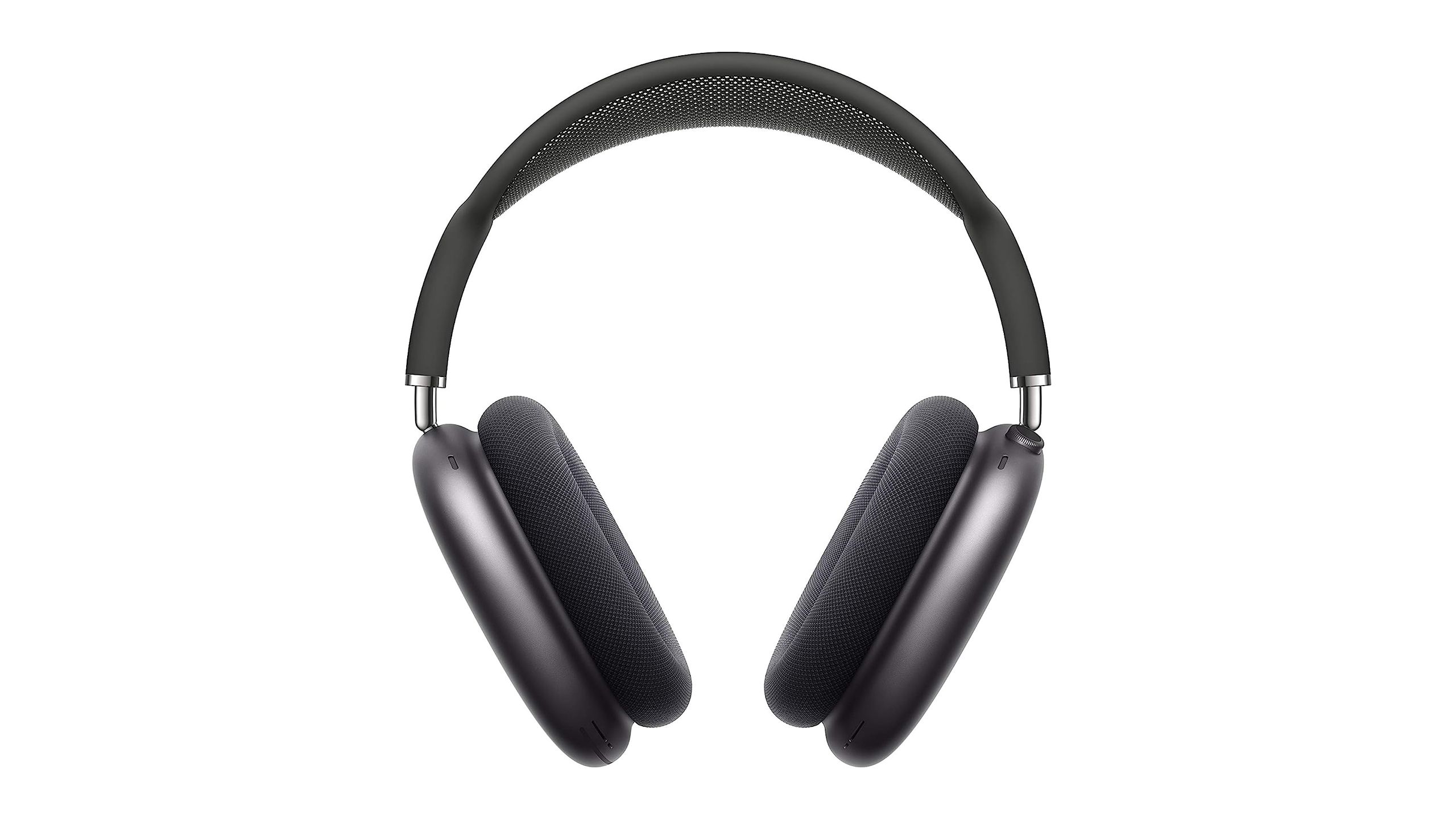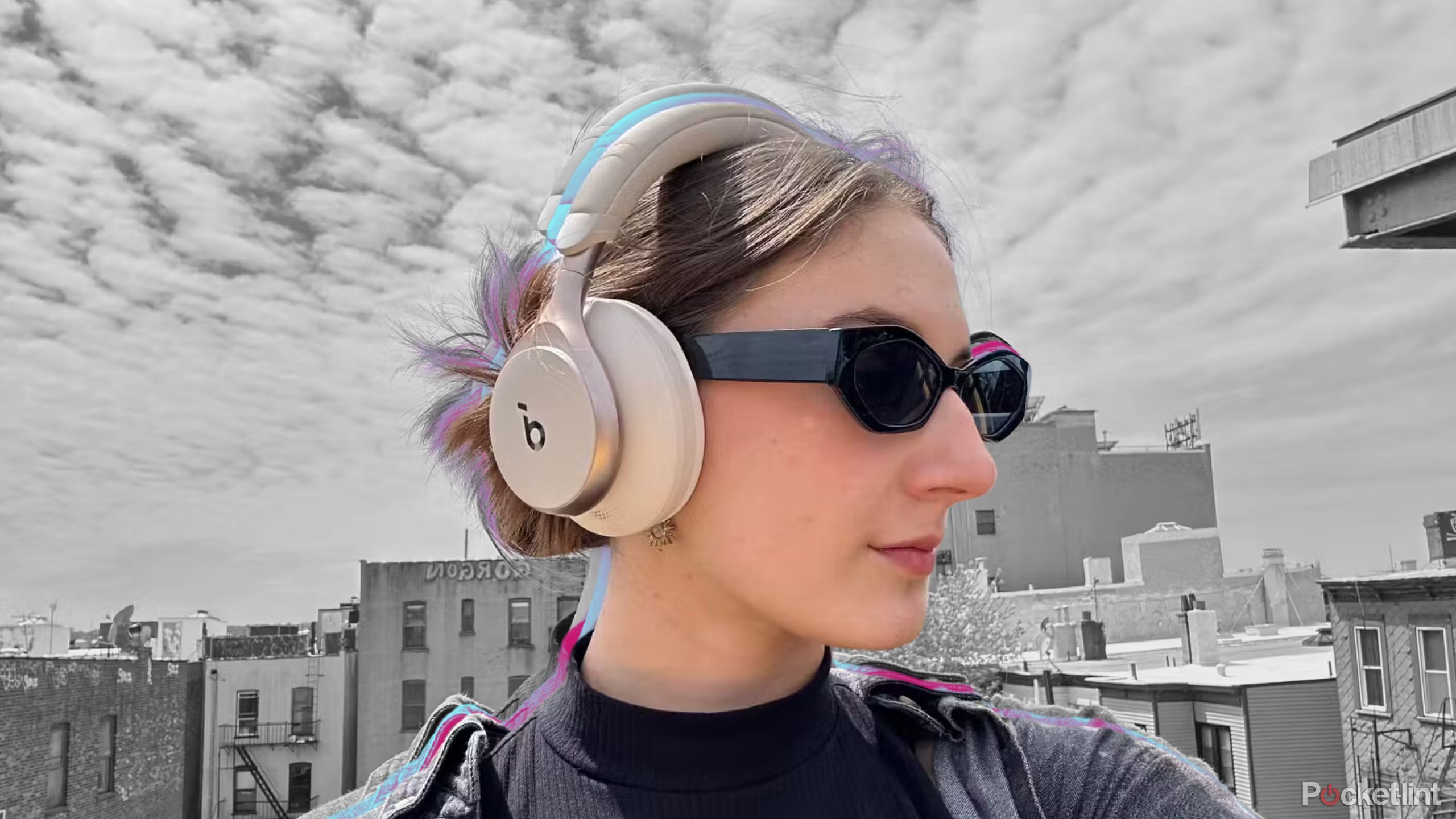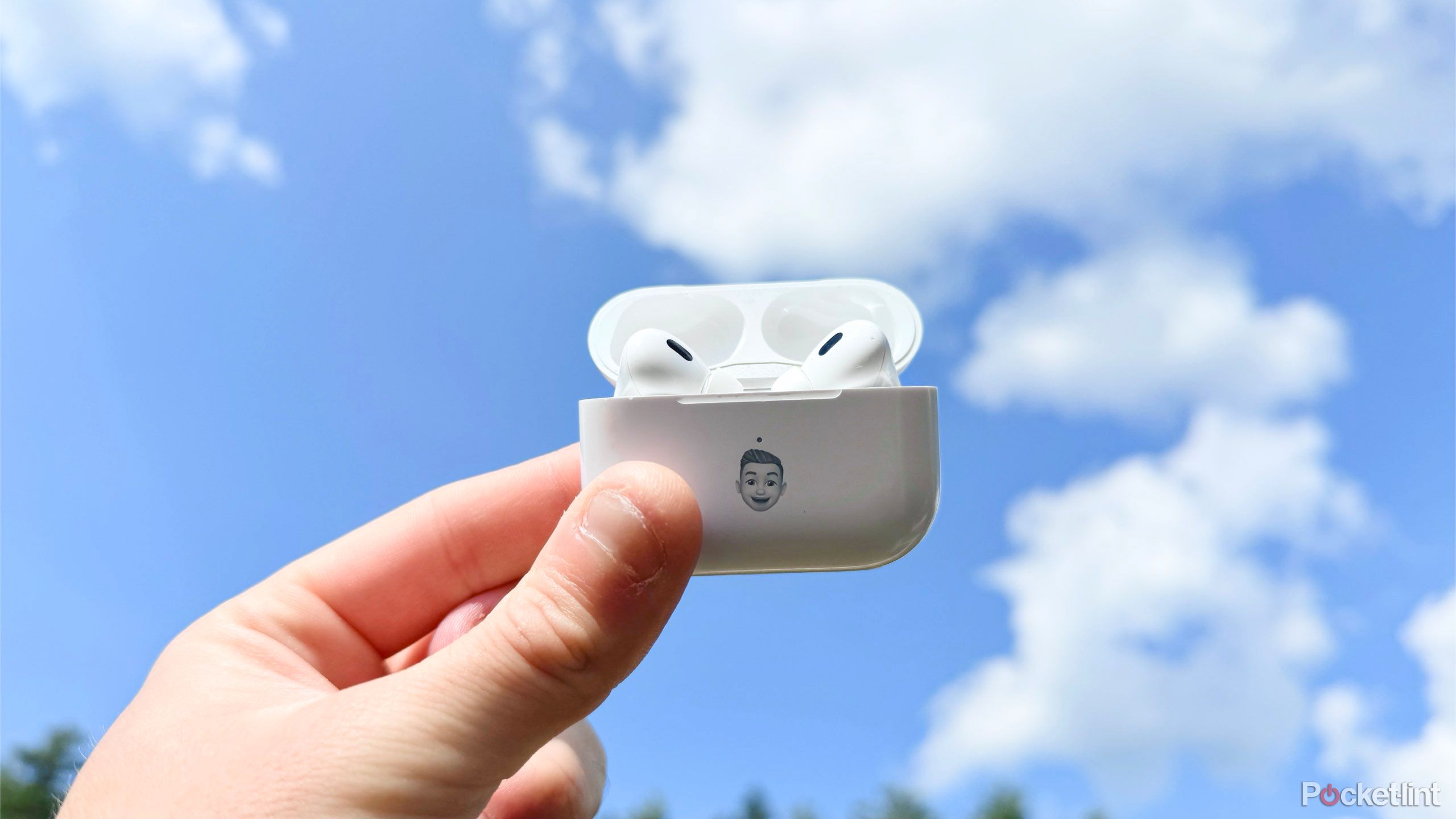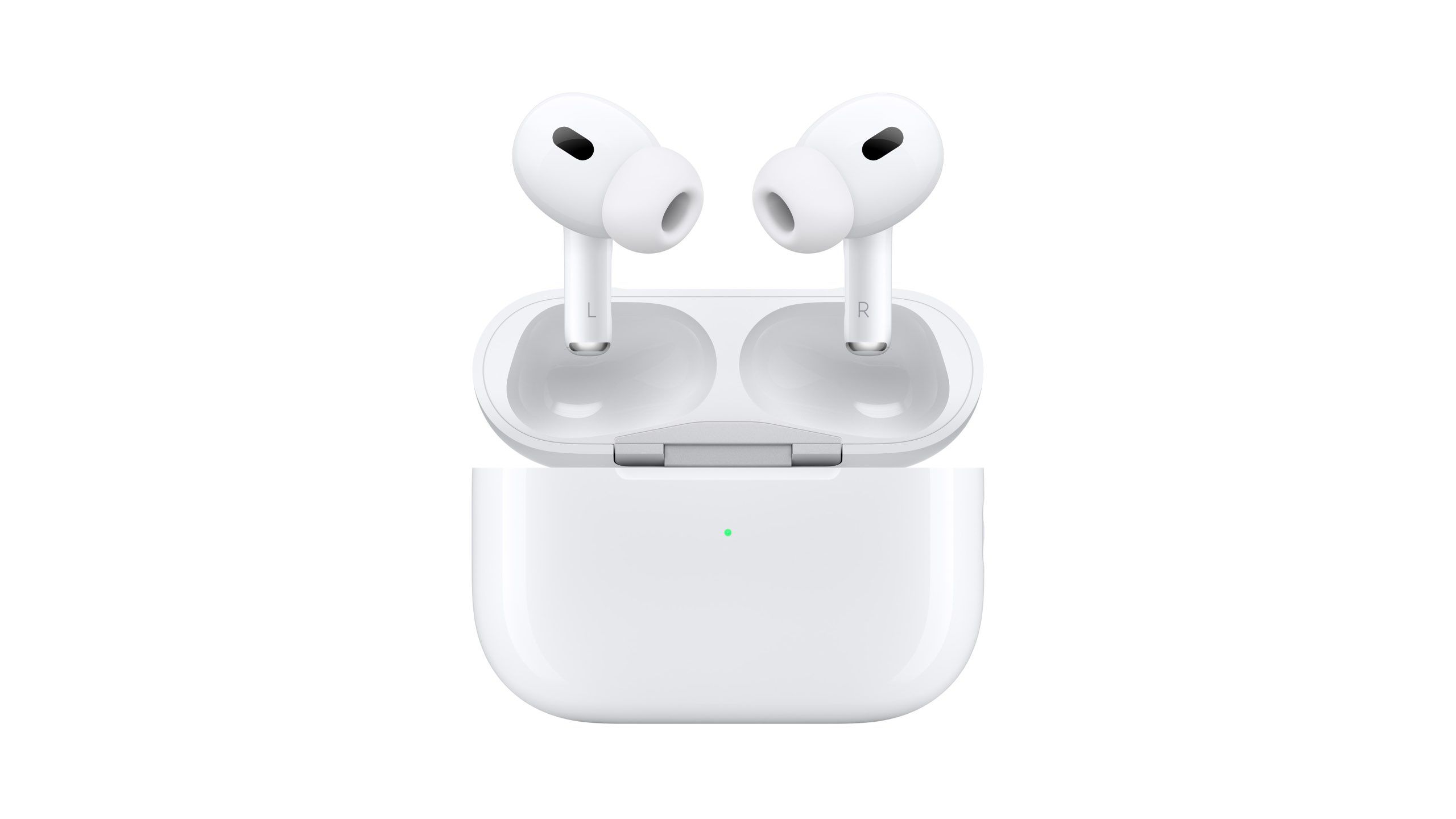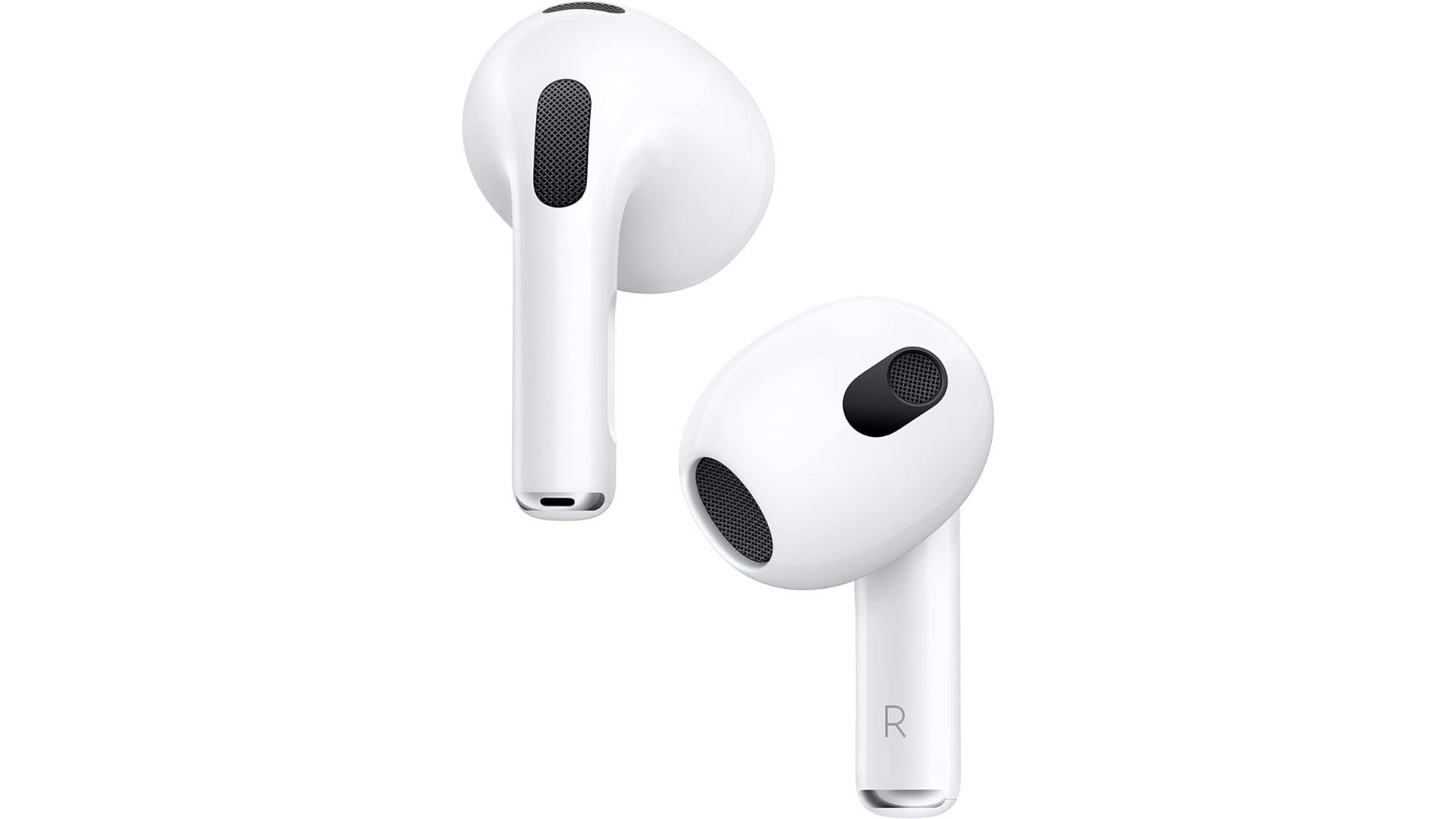Key Takeaways
- Your budget is the first step in determining which AirPods are right for you.
- Choose between in-ear or over-ear headphones based on your fit preference.
- Decide if you want Active Noise Cancellation and consider the convenience of MagSafe or Lightning charging.
Let me give you some advice: You can never have too many pairs of AirPods. Okay, that’s far from true. Sure, the expensive way out of deciding which AirPods to buy is to get them all. That’s certainly an option. Still, most people only want to buy a single pair based on what model best meets their needs.
Since the 1st generation AirPods released in 2016, Apple has significantly expanded its AirPods line to the point where, at the time of writing, the company sells four options: AirPods (2nd generation), AirPods (3rd generation, AirPods Pro (2nd generation), and AirPods Max.
Each pair has pros and cons that influence whether they’re worth your hard-earned cash. Let’s break down some questions you can ask yourself to help you decide what pair of AirPods is right for you.
What’s your budget?
Figure out how much you can spend
Pocket-lint
At the end of the day, everything comes back to money. Sad, I know. The easiest way to determine which AirPods are right for you is to assess your budget. Pull out your spreadsheet and find the AirPods line item. Oh, you don’t have one? Disappointing.
AirPods pricing ranges from $129 for the AirPods (2nd generation) to $549 for the AirPods Max. In the middle, you have AirPods (3rd generation), which cost only a little more than their 2nd generation counterparts, starting at $169, and the AirPods Pro (3rd generation), which cost $249. You have a lot of options.
Understandably, if you’re looking for the most economical option, the 2nd generation AirPods are your obvious go-to. These AirPods include Apple’s H1 chip to power five hours of listening time and a double-tapping gesture for controlling your audio. You also get a Lightning charging case, providing an additional 24 hours of listening time. It’s safe to say the 2nd generation AirPods offer really good value.
However, if your budget is a little more flexible, you’ll want to continue reading to decide which pair to buy.

Related
Apple’s Find My network is a great way to find lost items
Apple’s Find My network can locate not only your Apple devices but also missing third-party peripherals, and it does this exceptionally well.
Do you want in-ear or over-ear headphones?
Decide your fit preference
If price isn’t holding you back, then it’s time to decide whether you want in-ear or over-ear headphones. In-ear headphones sit inside your ear, directing sound down your ear canal. In-ear headphones include AirPods (2nd generation), AirPods (3rd generation), and AirPods Pro (2nd generation).
Over-ear headphones encase your ears and sit over and around them. These are AirPods Max. If you’re looking for on-ear headphones, Apple doesn’t make AirPods that sit on top of your ears. But you can look at the Beats Solo 4 as a solid AirPods alternative. For people looking specifically for over-ear headphones, your journey is easily directed to the AirPods Max.
It’s important to point out that the AirPods Max are getting up there at nearly four years old. Still, these over-ear headphones are powered by Apple’s H1 chip, deliver 20 hours of listening time, and come with a leather Smart Case that puts them to sleep. The AirPods Max are the only set of Apple-branded headphones/earbuds to come in various colors: silver, space grey, sky blue, pink, and green. The AirPods Max also support Active Noise Cancellation, transparency mode, adaptive audio, and personalized spatial audio with dynamic head tracking.
If over-ear headphones are a deal-breaker, you have two more options. Let’s press on.
Do you want Active Noise Cancellation?
Blocking out noise can be very helpful
AirPods (3rd generation) and AirPods Pro (2nd generation) are impressively similar. Both feature Personalized Spatial Audio with dynamic head tracking, a similar design, six hours of listening time on a single charge, and a charging case providing another 30 hours. Of course, you do pay a premium for AirPods Pro for a reason. The AirPods Pro (2nd generation) offer dust, sweat, and water resistance, compared to the sweat and water resistance provided by AirPods (3rd generation).
The AirPods Pro are also powered by Apple’s H2 chip, instead of the H1 powering 3rd generation AirPods), giving them several exclusive audio features. The 2nd generation AirPods Pro have Active Noise Cancellation, Adaptive Audio, Transparency mode, and conversation Awareness. If you’re a person who wants the latest and greatest or the broadest range of features available, the AirPods Pro are the route for you.
The AirPods Pro does have one catch, though. They use silicon ear tips to get a snug fit in your ear. That said, for most people, silicon ear tips are a problem as they come in extra small, small, medium, and large sizes. Apple also provides a size fit test in the Settings app on iOS and iPadOS to figure out which size is best for your ears. If the ear tips are an issue, or you don’t care about Active Noise Cancellation, you’ve got one more question to answer.
Do you want MagSafe and USB-C or Lightning?
Think about how you want to charge
After eliminating the AirPods (2nd generation), the AirPods Max, and the AirPods Pro (2nd generation), you’re left with one, technically, two options. The 3rd generation AirPods are available with two charging case options: MagSafe and Lighting. For $169, you can grab the AirPods (3rd generation) with a charging case with a Lightning port, acceptable for households with numerous devices using a Lightning cable. Alternatively, you can get the AirPods (3rd generation) with a MagSafe charging case for $179. This option is chargeable with MagSafe and USB-C instead of Lightning, which is great for households transitioning from the Lightning port.
Trending Products

Cooler Master MasterBox Q300L Micro-ATX Tower with Magnetic Design Dust Filter, Transparent Acrylic Side Panel, Adjustable I/O & Fully Ventilated Airflow, Black (MCB-Q300L-KANN-S00)

ASUS TUF Gaming GT301 ZAKU II Edition ATX mid-Tower Compact case with Tempered Glass Side Panel, Honeycomb Front Panel, 120mm Aura Addressable RGB Fan, Headphone Hanger,360mm Radiator, Gundam Edition

ASUS TUF Gaming GT501 Mid-Tower Computer Case for up to EATX Motherboards with USB 3.0 Front Panel Cases GT501/GRY/WITH Handle

be quiet! Pure Base 500DX ATX Mid Tower PC case | ARGB | 3 Pre-Installed Pure Wings 2 Fans | Tempered Glass Window | Black | BGW37

ASUS ROG Strix Helios GX601 White Edition RGB Mid-Tower Computer Case for ATX/EATX Motherboards with tempered glass, aluminum frame, GPU braces, 420mm radiator support and Aura Sync




